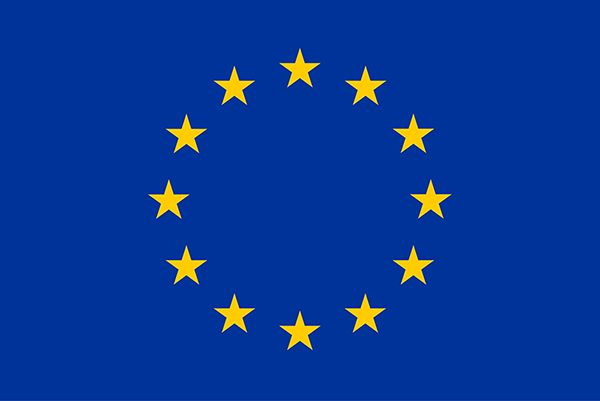Hypothetical scenarios of a scientist in a movie are now in vogue on Twitter, many of which entertain us but highlight how stereotypically and erroneously screenwriters portray physicians and scientists in the media (Neill 2019). Although these portrayals appear still major in Hollywood and others, Hollywood, Health & Society (HH&S) in the US and Centrum Media & Gezondheid in the Netherlands have been trying to provide remedies by entertainment education (EE) interventions. EE is a popular strategy for incorporating health and educational messages into popular entertainment media with the goal of positively influencing awareness, knowledge, attitudes, and/or behaviours (Kaiser Family Foundation 2004). Needless to say, speculative and unrealistic scenarios provide the audience with unhealthy messages and more culturally-sensitive and evidence-based ones are crucial (Houghton et al. 2017; Romer et al. 2009). Researchers and practitioners in health communication become more focus on how to engage with those who are not interested in improving their health because they are already healthy or annoyed by blameless don’t instructions like “Don’t smoke”, “Don’t drink too much”, “Don’t be lazy” and so on. Regulative and directive actions would not work well to motivate them and change their behaviours.
According to a systematic analysis (Michie, van Stralen & West 2011), there are nine behavior change interventions: Restriction, Coercion, Incentivisation, Education, Training, Enablement, Persuasion, Environmental restructuring, and Modelling. Modelling is referred to using our propensity to aspire to or imitate others as a motivational device. Having been underplayed in the context of public engagement and citizen science, modelling can positively and sustainably affect those who are not necessarily interested in science but become more motivated to engage with science-society issues. For instance, extreme biohackers are far from dedicated events for public engagement in science but nevertheless physically engaged with science to be transhumanist icon (Hines 2018). A more modest and popular model could be Salvatore Iaconesi (2013), who open-sourced his brain cancer and mobilised medical advice and art, music, emotional support from more than half a million people via a website called La Cura (The Cure). Visual narratives such as comics, animations, films and theatre plays can also have powerful metaphors and character-driven narratives (e.g. Donkers & Orthia 2016; Farinella 2018), by which audiences keep empathising and even identifying with some characters in their memory.
We can find or produce not only model scientists and innovators. Rather, other professional and citizen characters should be more highlighted in order for the public audience not to enhance their stereotypical images of research and innovation but to revolve in their mind a more complex figure of the governance of science in society. Luckily or unluckily, we researchers in the field of STS (science, technology and society) or STP (science and technology policy) have never been in movies thus far.
[References]
- Donkers, M. & Orthia, L.A. (2016) Popular theatre for science engagement: audience engagement with human cloning following a production of Caryl Churchill’s A Number. International Journal of Science Education, Part B 6(1): 23-45.
- Farinella, M. (2018) The potential of comics in science communication. Journal of Science Communication 17:1.
- Hines, A. (2018) Magnet implants? Welcome to the world of medical punk. The New York Times, May 12, 2018.
- Houghton, F. Toms, J., Meratnia, G., Loney, K., Hopkins, E. & Del Monte, K. (2017) Concerns with entertainment-education: zombie pandemic preparedness and the unanticipated promotion of a weapons culture. Health Education & Behavior 44(4): 519-523.
- Iaconesi, S. (2013) What happened when I open-sourced my brain cancer. TEDMED 2013.
- Kaiser Family Foundation (2004) Entertainment Education and Health in the United States.
- Michie, S., van Stralen, M.M. & West, R. (2011) The behaviour change wheel: a new method for characterizing and designing behavior change interventions. Implementation Science 6:42.
- Neill, U.S. (2019) Hollywood’s portrayals of science and scientists are ridiculous. Scientific American, January 15, 2019.
- Romer, D. et al. (2009) Mass media as an HIV-prevention strategy: using culturally-sensitive messages to reduce HIV-associated sexual behavior of at-risk African-American youth. American Journal of Public Health 99(12): 2150-2159.
